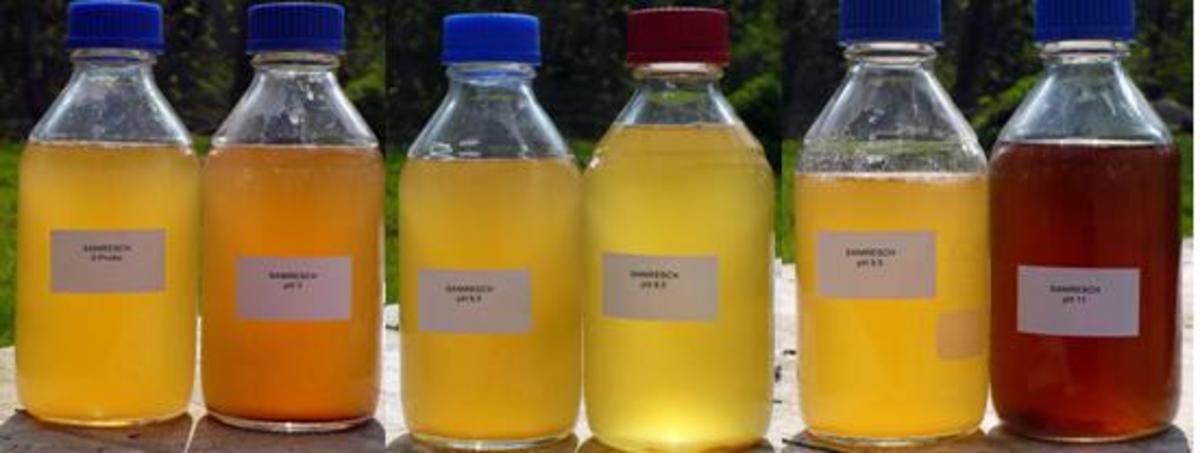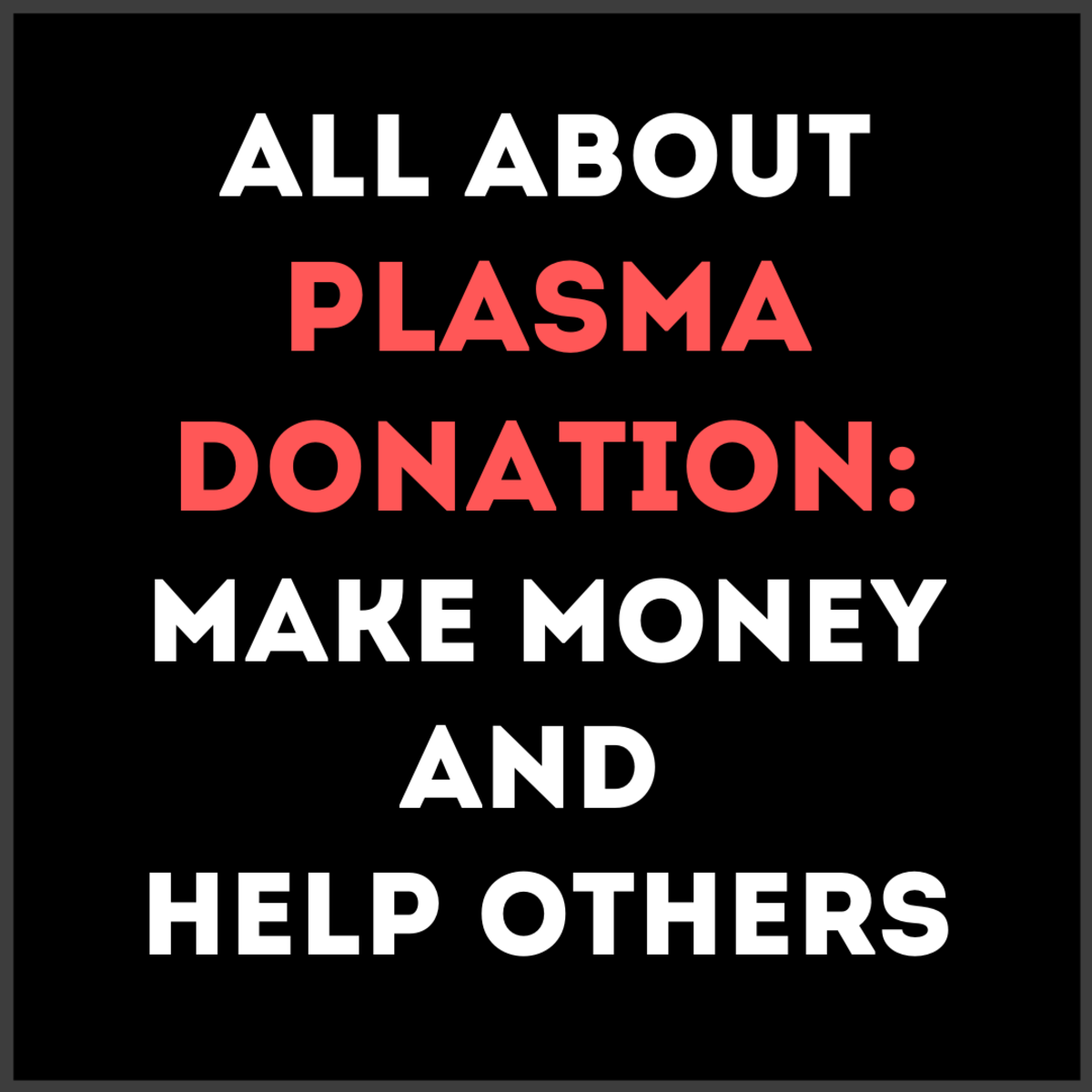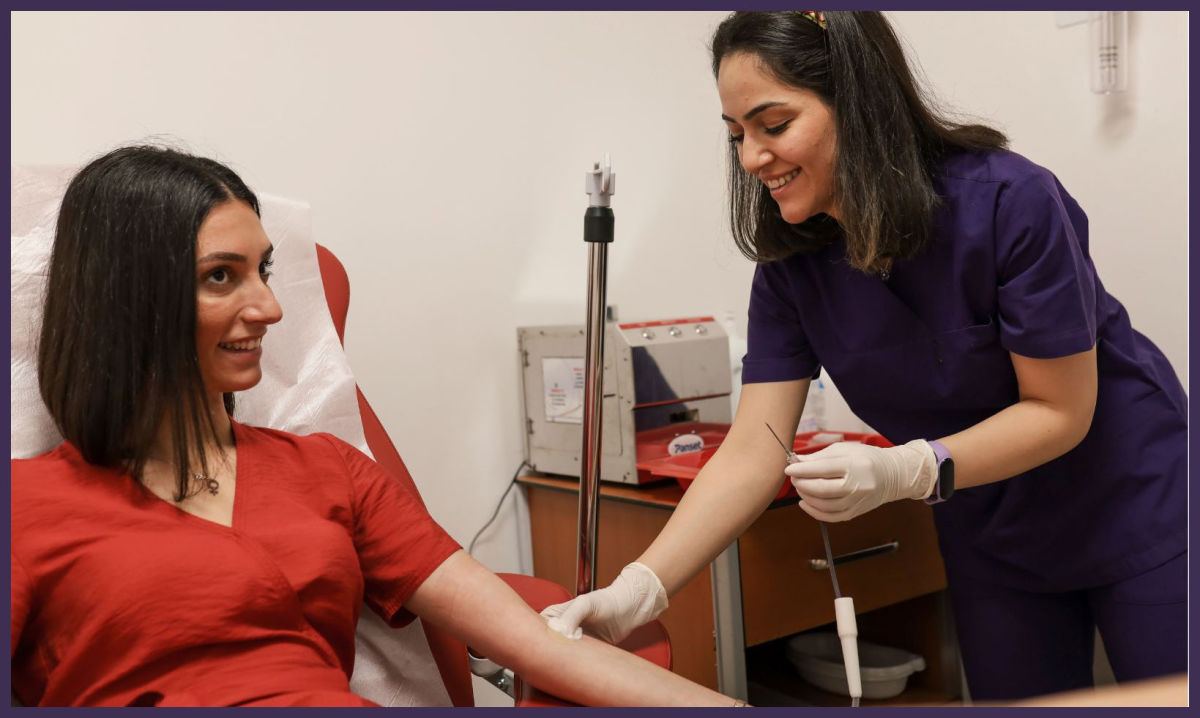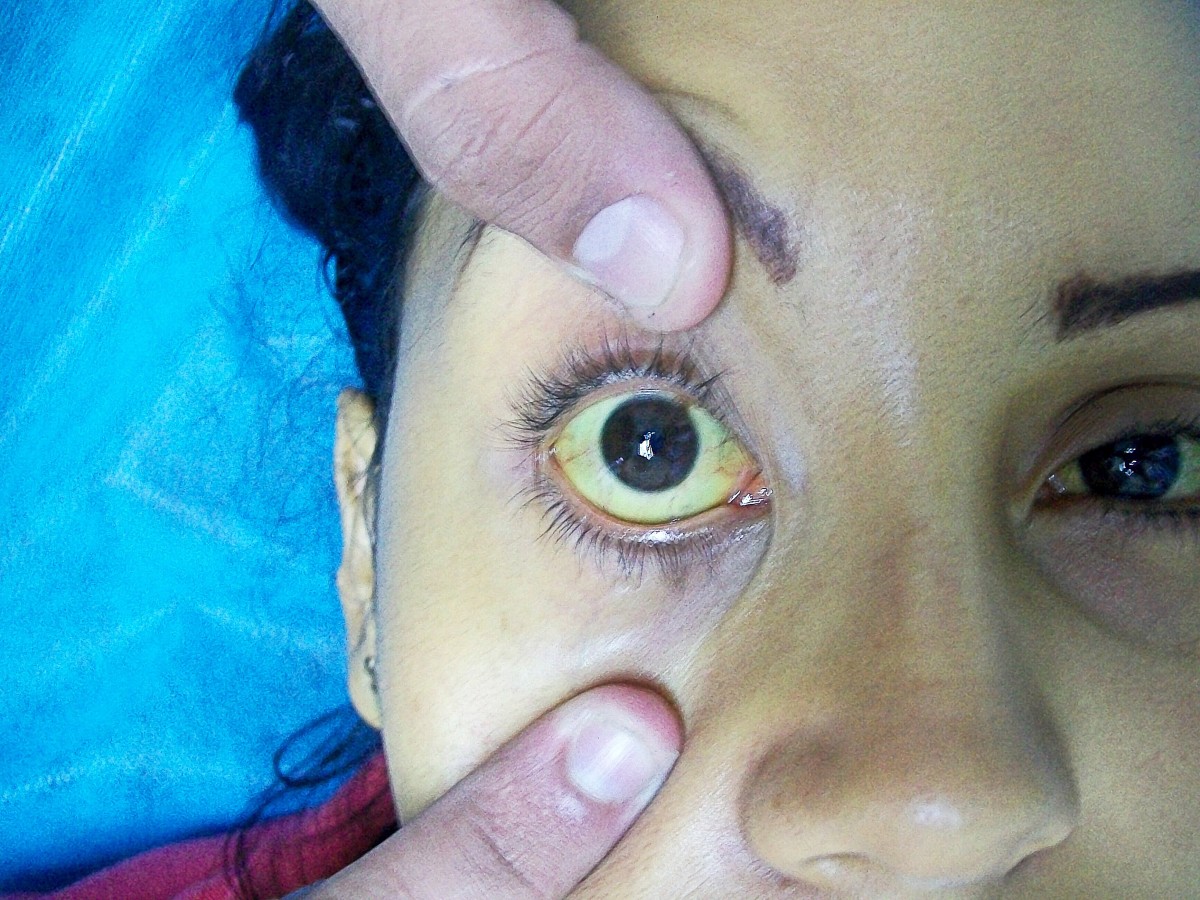How to give Blood
How to be a Blood Donor
Every few weeks a truck pulls up in the car park of my local supermarket and sets up stall for the day, the truck pulls a trailer on a continuous circuit around Scotland collecting human blood donations for Scottish Hospitals.
In Scotland, there is no reward or payment for donating blood except the satisfaction that your donation could be used to save someone's life.
For many people the thought of giving blood fills them with the same fear that they feel when they go to a dentist, but giving blood is actually a lot easier and more relaxing than a visit to the dentist and there are no scary drilling noises.
A few years ago I donated my first pint of blood, it was a lot easier than I expected it would be and I have been a regular donor ever since.
Mobile Blood Donor Truck
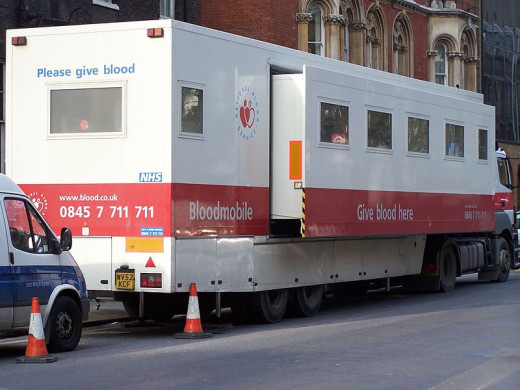
The First Time Giving Blood
When you give blood for the first time, you will be given some information leaflets and a questionnaire to fill out. The duty doctor or nurse will then ask you a few personal medical questions before asking for a small sample of your blood to test.
To take the sample the nurse will prick your fingertip with a small pin squeeze a drop of blood into a test tube with a liquid in it.
This is to test your haemoglobin levels to ensure that if they take your blood it will not make you anaemic.
If the test does not go in your favor, giving a negative result, the nurse or doctor will advise you to visit your doctor; this is nothing to worry too much about because nine out of ten times a negative result is a sign that there is a lack of iron in your blood.
Once your iron levels are back to normal there is nothing stopping you from donating blood.
A positive result means that you have the all clear and can give blood.
Giving Blood is Painless
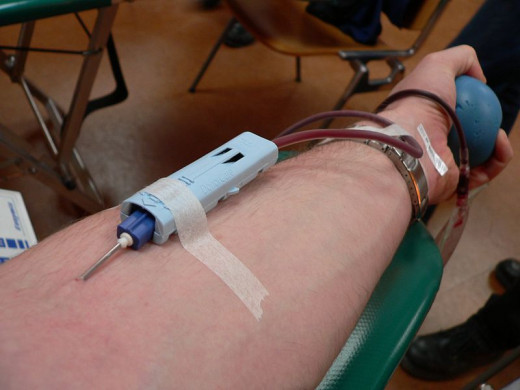
Blood Donation Processes : Drawing Blood for Blood Donations
What Does Giving Blood Feel Like
Giving Blood is painless, you get to lie back on a comfortable reclined chair, the nurse will find a vein just below the elbow and insert a needle into it, and it just feels like a normal injection.
Once the needle is in place a tube is attached to it which leads to a small bag, the blood that you are donating will collect in the bag that holds up to one pint of your blood.
The process lasts around 15-20 minutes and contrary to popular belief, you do not feel the blood pumping out of your body. You may feel a pulse where the needle is but it is not an unpleasant feeling nor is it uncomfortable.
Just lie back and relax until the bag is full of your blood, some people do fall asleep during the process they are so relaxed.
Once you have donated your blood it is advised that you stay seated for a few minutes to let your body adjust, if you get up too quickly you could become dizzy and in extreme cases faint.
After around 15 minutes, it should be safe to stand up, as a bonus while you wait you will be offered a hot drink and a biscuit helping your blood sugar levels get back to normal.
Blood Cells under a Microscope
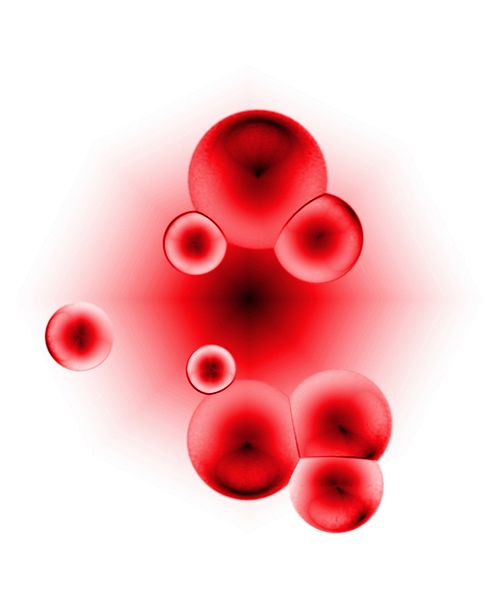
Have you ever given Blood?
Have you ever given blood?
What is My Blood Used For?
Your donated blood will be broken down and separated into three components, Red blood cells, Platelets and Plasma.
Whole blood is rarely used in medicine except in cases of severe blood loss.
Red Blood Cells
Red blood cells are used for many different treatments, including anaemia caused by cancers or Rheumatoid Arthritis when they cannot be medically corrected; they are also used when red blood cells break down in babies and for the treatment of sickle cell disease.
Red blood cells are also used to replace cells lost due to blood loss form an accident, surgery or after childbirth.
Platelets
Platelets can be used in bone marrow failure, post transplant and chemotherapy treatments, and leukaemia. Platelets can be of huge benefit to the recipient.
Plasma
There are two types of Plasma, fresh frozen plasma which is used in situations where blood has been lost such as after childbirth, during heart surgery and to reverse any anti-coagulant treatments.
Processed plasma has several important uses; it is used in the treatment of haemophilia and Christmas disease, which is a deadly form of haemophilia.
Processed plasma also produces antibodies, which help the fight against tetanus, hepatitis, chickenpox and rabies.
It also helps generate anti-D, which is used for RhD negative pregnant women carrying RhD positive babies.
There is also a protein called albumin contained in plasma, which is extremely beneficial for burn victims.
Top Reasons For being Turned Away from Donating Blood
Reason for being turned away
| |
|---|---|
Feeling Unwell
| If you have a chesty cough or a cold sore
|
Dental Work
| If you have had any dental work in the last 7 days
|
Antibiotics
| If you are taking antibiotics or have just finished a course of antibiotics in the last 7 days
|
Heart Condition
| if you have any heart problems or conditions
|
Infection
| If you have had an infection in the last 2 weeks
|
Hospital Waiting List
| If you are on a hospital waiting list or undergoing medical tests
|
Travel
| If you have travelled outside of the country in the last 6 months
|
Piercings or tattoos
| if you have had any piercings or tattoos within the last 4 months
|
Why Did they Refuse my Blood?
Why Did they Refuse my Blood
When you go to give blood, you may not be accepted there are many reasons why you would not be accepted all of which are for your own safety and for the safety of the person or people who may be the recipient of your blood.
Even if you are turned away this time, you could still donate blood in the future when the problem has been resolved.
Do not feel down hearted if you are turned away there is always a good reason for it
How Often Can I Give Blood
It is advisable that male blood donors give blood once every four months with at least twelve weeks between donations Female blood donors are advised to wait at least 16 weeks between donations to avoid iron deficiency.
How long does it take my body to replace the donated blood?
It takes around 24 hours after donation for your body to replenish the blood volume or plasma and around 4-6 weeks to replace the red blood cells.

